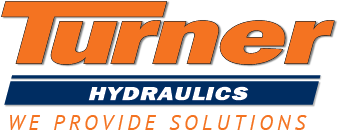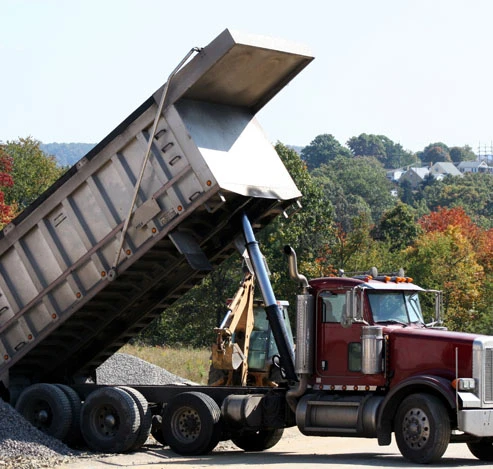When we talk about “Synchronizing Cylinders”, we are talking about the ability to have two or more hydraulic cylinders operate at the same time and rate while maintaining their relative positions, regardless of the external forces acting against them.
Synchronizing hydraulic cylinders is essential if you intend to lift a load using multiple lifting points. While this is possible to achieve with an operator and pump at each lift point, it isn’t always the easiest or the safest way to go about it. Using a synchronized lifting pump provides more accuracy and involves less risk.
In the example below, we talk about a problem that has high potential for damaging equipment that utilizes dual hydraulic cylinders that must act together and its solution. In this case, the cylinders were on a dump truck, however, any equipment using dual or multiple cylinders like front loaders, forklifts, automotive lifts, and stage lifts could experience the same issue and, also, use the same, possible solution.
A dump truck operator noticed that his truck bed wasn’t rising evenly. One cylinder was not extending as far as the other, placing a lopsided load on the truck. He inspected the cylinders and other components for leaks and damage, but neither was the issue. Because the lopsided bed was becoming a safety hazard, the owner removed it from the service and replaced the cylinder that was not fully extending. Over time, though, the same issue occurred again.
The solution was to add check valves to the flow divider circuit. Flow dividers don’t operate at 100 percent efficiency, regardless of manufacturer. In this application, the divider was operating at 98% efficiency. This meant that only one cylinder was extending fully. The other cylinder was extending to 98% of its total stroke, an acceptable amount in most applications. But, because the cylinder strokes were never equalized, the second cylinder extended less and less with each subsequent actuation.
The system needed a way to equalize the cylinder strokes after each actuation. Check valves were installed in the cylinder return lines. This allowed the cylinders to bottom out on the return stroke, equalizing the system and resolving the problem.
There are other reasons for cylinders to become unsynchronized and Turner Hydraulics knows how to identify and fix the problem.


Leave A Comment